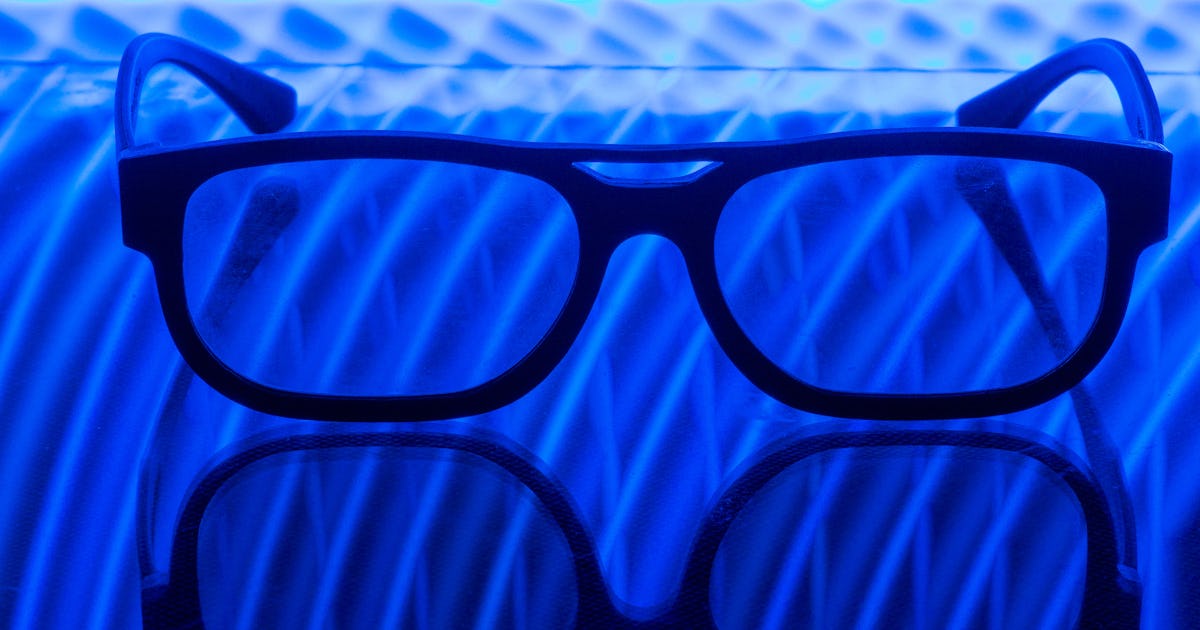
In recent years, concerns about the potential impact of blue light on eye health have been on the rise. Blue light is emitted by various sources, including digital devices, LED lights, and the sun. However, there is often confusion and misinformation surrounding its effects on the eyes. In this blog post, we will explore the topic of blue light, separate fact from fiction, and provide practical tips for managing blue light exposure to promote healthy vision.
Understanding Blue Light:
- Explaining what blue light is and its presence in natural and artificial sources.
- Differentiating between natural blue light from the sun and artificial blue light from digital devices and LED lights.
- Discussing the role of blue light in regulating sleep-wake cycles and overall well-being.
Debunking Myths about Blue Light:
- Addressing common misconceptions about blue light, such as it being inherently harmful or solely responsible for eye damage.
- Explaining the difference between blue light emitted by screens and intense blue light sources like the sun.
- Clarifying the limited evidence linking blue light to serious eye conditions.
The Impact of Blue Light on Sleep:
- Discussing the potential disruption of sleep patterns due to excessive blue light exposure in the evening.
- Explaining how blue light can suppress the production of melatonin, a hormone that regulates sleep.
- Providing strategies for managing blue light exposure before bedtime to promote better sleep quality.
Managing Blue Light Exposure:
- Recommending practical tips for reducing blue light exposure, including:
- Using blue light filters or screen protectors on digital devices.
- Adjusting screen settings, such as brightness and color temperature.
- Taking regular breaks from screen time and practicing the 20-20-20 rule.
- Limiting exposure to electronic devices before bedtime.
- Recommending practical tips for reducing blue light exposure, including:
Blue Light and Eye Strain:
- Discussing the association between excessive screen time and eye strain, often attributed to factors beyond blue light alone.
- Exploring the role of proper ergonomics, frequent breaks, and visual hygiene practices in reducing eye strain.
Protective Eyewear and Blue Light:
- Explaining the purpose of blue light-blocking glasses and their potential benefits.
- Highlighting that individuals with specific conditions or sensitivity to light may find relief with blue light-blocking eyewear.
- Encouraging consultation with an eye care professional to determine the necessity and suitability of blue light-blocking glasses.
Balancing Technology and Eye Health:
- Encouraging individuals to adopt a balanced approach to technology use.
- Promoting a healthy digital lifestyle that includes regular breaks, outdoor activities, and time spent away from screens.
- Emphasizing the importance of regular eye exams to monitor overall eye health.
The Role of Industry Standards and Regulations:
- Discussing industry efforts to address blue light concerns, such as the development of blue light emission standards for electronic devices.
- Highlighting the responsibility of manufacturers to adhere to safety standards and provide accurate information about blue light emissions.
Ongoing Research and Future Considerations:
- Acknowledging that research on the long-term effects of blue light is still evolving.
- Highlighting the need for continued scientific investigation to fully understand the potential impact of blue light on eye health.
Post a Comment